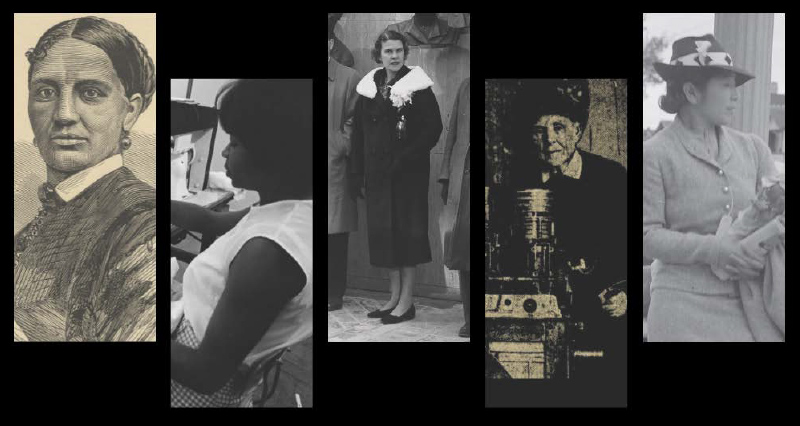Online Exhibits
Art in the Time of Coronavirus
View Virtual Exhibit

Image: "All We Ever Have Is Now," Jason DeLancey, mixed media collage on paper
Art is a form of creativity & meditation, gratitude & reflection, communication & advocacy. Art in the Time of Coronavirus features artwork by more than 30 professional and amateur artists from the Fox River Valley and the Greater Chicagoland area.
This exhibition includes photographs, ceramics, textiles, paintings, sculpture and works on paper made in the spring and early summer of 2020. This group show illustrates a range of responses to a time when many of us were asked to shelter-in-place. A period marked by uncertainty, isolation, and unpredictability, but also a time when we had more time.
Artists in Art in the Time of Coronavirus used quarantine as an opportunity to create meditative marks (Zanic, Grendze), produce provocative graphics (DeLancey, Trier), and generate vibrant designs (Accardo, Lynne, Coan). Other artists documented this historical moment by creating portraits of loved ones (Nelson, Youngdahl), expressing anxiety caused by the pandemic (Paso, Rusch, Tevonian) and focusing on the beauty of the everyday (Lebin, Springer, Reninger).
The Schingoethe Center would like to thank all the artists that contributed to this exhibition. We would also like to thank Karina Riscos (AU '19) for providing the Spanish translations for this exhibition.
El arte es una forma de creatividad y meditación, gratitud y reflexión, comunicación y defensa. Art in the Time of Coronavirus, presenta obras de arte de más de 30 artistas profesionales y aficionados del Fox River Valley y el área metropolitana, de Chicago.
Esta exposición incluye fotografías, cerámica, textiles, pinturas, esculturas y obras en papel, realizadas en la primavera y principios del verano de 2020. Esta muestra colectiva, ilustra una variedad de respuestas a una época, en la que a muchos de nosotros se nos pidió, que nos refugiáramos en el lugar. Un período marcado por la incertidumbre, el aislamiento y la imprevisibilidad, pero también un momento en el que tuvimos más tiempo.
Artistas en Art in the Time of Coronavirus, utilizaron la cuarentena como una oportunidad para crear marcas meditativas (Zanic, Grendze), producir gráficos provocativos (DeLancey, Trier) y generar diseños vibrantes (Accardo, Lynne, Coan). Otros artistas documentaron este momento histórico creando retratos de seres queridos (Nelson, Youngdahl), expresando la ansiedad causada por la pandemia (Paso, Rusch, Tevonian) y enfocándose en la belleza de lo cotidiano (Lebin, Springer, Reninger).
El Centro Schingoethe, desea agradecer a todos los artistas que contribuyeron a esta exposición. También nos gustaría agradecer a Karina Riscos (AU '19), por proporcionar las traducciones al español, de esta exposición
Becoming Visible: Bringing American Women's History Into Focus
View Virtual Exhibit

Images from left to right: Elizabeth Keckly, Hazel Fellows, Isabel Morgan, Margaret Knight, and Hisako Hibi
Women in America have been making history for centuries, but their stories are often invisible. This new poster exhibition from the Smithsonian American Women’s History Museum seeks to highlight some of these stories.
Becoming Visible: Bringing American Women’s History Into Focus is an interactive digital exhibition that confronts how women’s stories have been in a constant state of becoming visible in American history. QR codes throughout the exhibit integrate narration by Rosario Dawson and curators from across the Smithsonian, to tell the stories of five women organized into themes that express how women’s history has been treated—either excluded, forgotten, almost lost, erased, or obscured. Each story comes to life through objects from the Smithsonian’s collections, archival records, recorded interviews and original illustrations and animations.